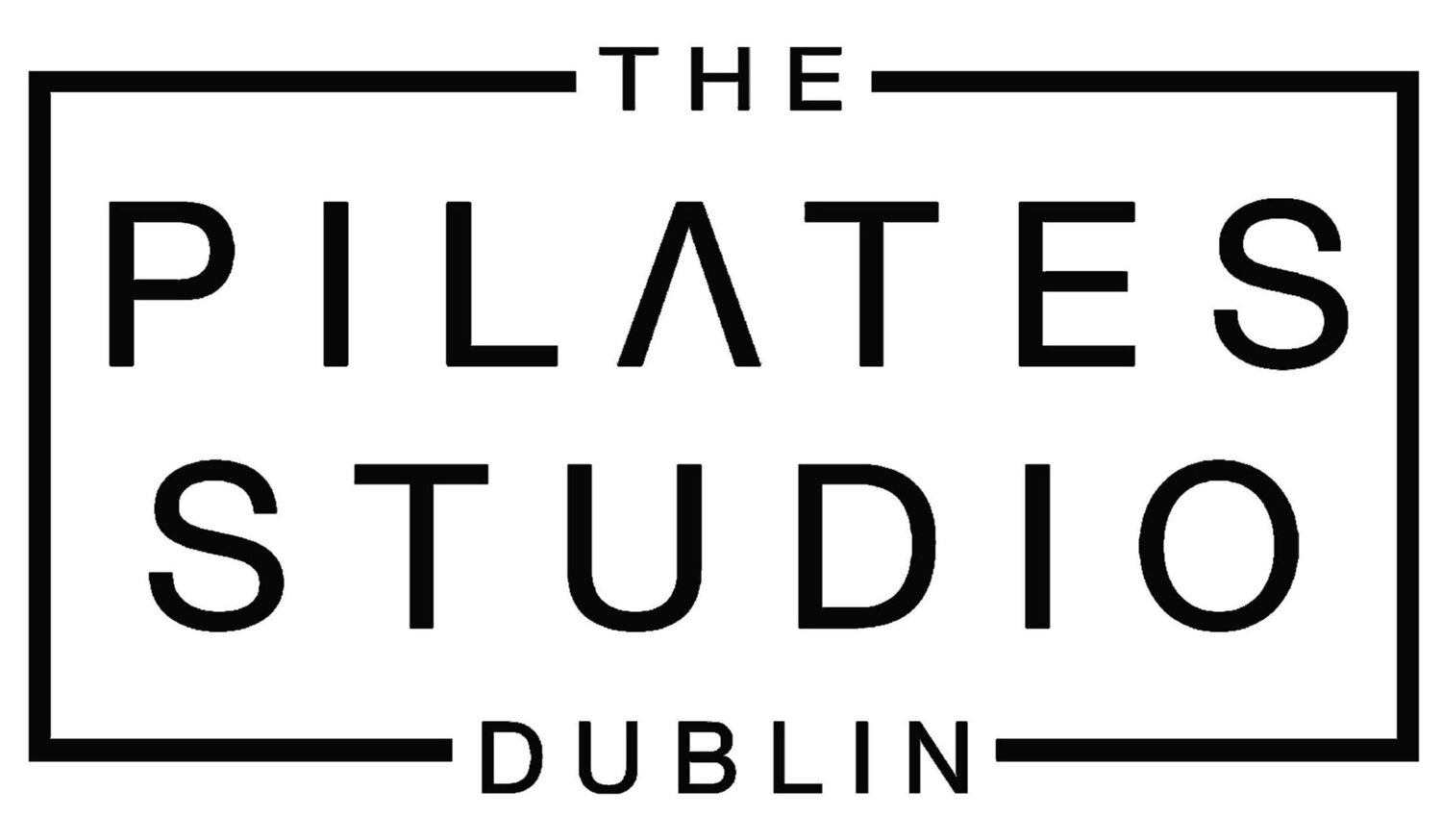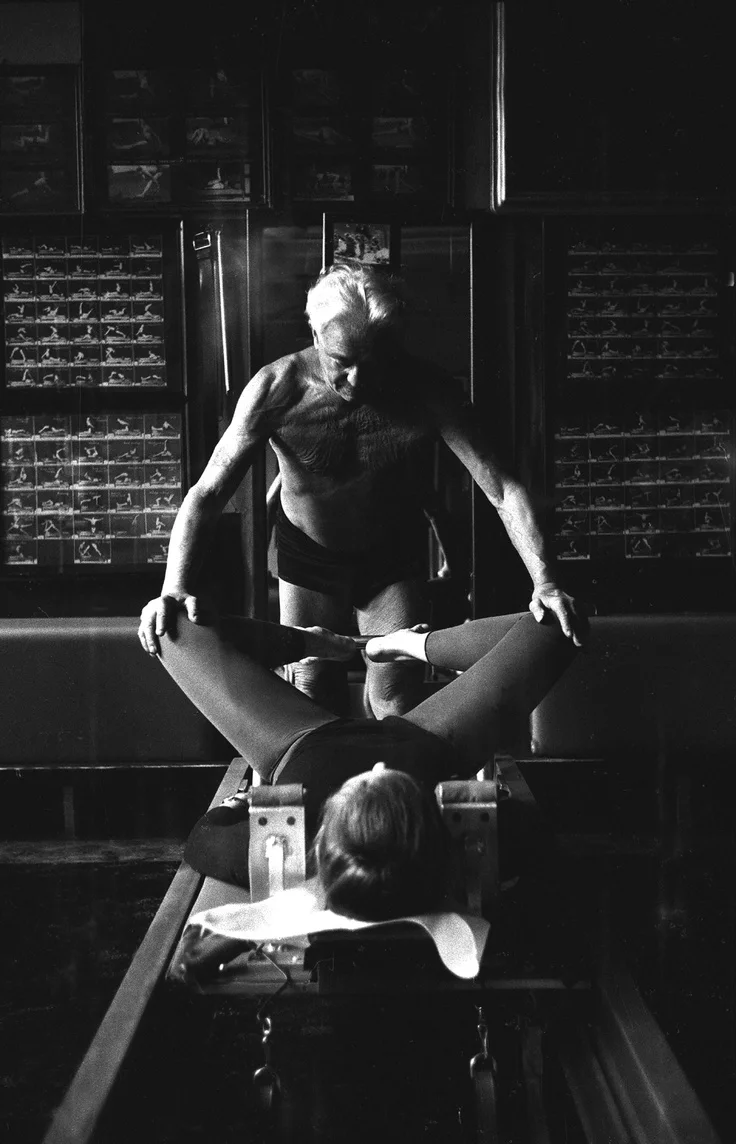Building & improving your home Pilates practice
/Do you create a welcoming space for yourself when you practice Pilates at home? Or do you tend to throw laundry and clutter out of cameras' view with one hand? Whilst unrolling your mat and starting the Zoom Class with the other? We’ve all been there. But don’t beat yourself up if the latter sounds like you… life happens! As we learn and adapt to this new way of being, I want to share with you some considerations and tips to help you build a sustainable habit and get the most out of your home Pilates practice.
Prioritise. Schedule. Commit.
How boring, right? Of course, it’s exciting to try lots of different online classes, but I find that committing to a weekly regular class slot(s) with my favourite teachers helps me stay on track. After a while it becomes a habit and I look forward to it and my body craves it. Otherwise, especially during the winter months, it becomes a rarity that I feel like getting off the couch and moving. When the class time comes, I can often feel unmotivated beforehand or be too busy mentally, however either way - I show up! And chances are you won’t regret moving your body either.
Make space.
Dedicating and uncluttering your space brings great benefits. If you have the luxury of a dedicated ‘gym’ space or corner in your dwelling it truly helps! Often I leave my mat rolled out and wait for it to lure me in. I promise myself I will do 5-10 minutes of easy wriggling and stretching daily. And if that’s it, then so be it. More often than not, once I start doing a few bits it always ends up more than a few stretches. It is so much easier to start something when the space is set up. Pull down the barriers that stop you before you’ve even begun. Either way, one of my biggest wins is keeping the space I practice in free of clutter. It makes it for a more inviting space and helps to stay safe whilst flowing seamlessly through a Pilates routine.
Make time.
It is oh so tempting and convenient to just keep working up until the class starts. But I find that where possible it is great to allow for some extra time before and also after the class. Set yourself an alarm for 15-30 minutes beforehand to wrap up work and make mental space for you practice. And if you can leave 15 minutes after to marinate, process and register the experience you’ll really notice the difference. By simply allowing more time you can improve the quality of your practice and how it feels in your body. On days when I get a few extra minutes to mediate (maybe just a 5-10-minute body scan or focus on breath via Insight Timer free app version does the trick) or breathe before moving, it is at times easier to connect to given ques and feelings. If you do not have the luxury of a dedicated space, a simple pre-class ritual to mentally prepare is often the key to help start the process. Even something simple like, making a cup of coffee or herbal tea and settling in on the mat for a few breaths; or opening the curtains and letting the light in. Or lighting up some candles can make all the difference.
Technical set up and equipment.
Now this can make it or break your nerves or neck!
A laptop is usually best as it delivers a good mix of decent Wi-Fi connection, good sound, decent vision and angle adjusting capabilities. Have the device charged and/or plugged in. Finding the best angle and set up of where the visual is coming from is paramount. In our live interactive small group classes, we want to see you to be able to guide you. Splashing out on an inexpensive but versatile iPad stand, or a flexible tripod stand is the best thing that you can do if using those devices. Smart phones and iPads can be easily wirelessly ‘Chromecasted’ onto smart TVs to make the visual image bigger and sound quality automatically hundreds of times better. Also, if using a small device, it helps to use wireless headphones (charge them beforehand!) to hear the instructions well.
A Mat. You do not necessarily need to spend a lot of money on extra equipment. You can get away with a big dedicated and always kept in one spot beach towel and a blanket that you prop under the torso area - to cushion the floor appropriately for your spine. If using a yoga mat, definitely cushion it for the spine too, as rolling and rocking Pilates exercises and spine vertebras do not go well with a hard floor.
One essential prop that you’ll need is a towel. A beloved and versatile prop that is very useful. Either used for variety and modifications or as a head cushion. If your teacher advises you to use a cushion under your head, your entire body will benefit from this simple addition and for some folks will this time will completely change the given exercises experience. No need to get fancy either, a thin couch cushion or even better a hand towel folded over.
Other extra props are not needed in every class, but easily found in almost any household that a help add great variety at not much extra effort - small 0.5kg or 1kg weights can be made out of water bottes/cans or books. A broomstick used as a pole. A chair or a footstool. A wall.
If you are willing to invest into small Pilates equipment, one of the most versatile and a great investment has to be the Magic Circle (also called a Pilates circle). It’s compact and with serious strength building powers when used well! We use Sissel brand in the studio for its good quality and good resistance. These are about 25-30 Euro and can be purchased here. Decathlon has circles going for only 15 Euro. Argos, TK Maxx & Tiger stores often carry them too.
Going more into the world of fitness and physio fusion, Dyna Bands can be a great compact addition if you practice at home often. Also, if you’re doing one to ones from home - your teacher can help you recreate some familiar spring-based studio exercises minus the large equipment with the use of the small nifty stretchy things. As a bonus, you can also use them instead of weights for your strength training routines and they’re ideal as they do not require much storage space.
If you are thinking of investing into some studio Plates equipment, do definitely ask your teacher for advice on specifications and brands. Pilates chair, foldable Pilates mat with dowels and a spine corrector are the smallest devices you can invest into apart from an actual reformer. All have great resale value and last a few lifetimes, if purchased from decent brands and kept in good nick.
In a nutshell:
To sum up, you don’t need to spend a lot of money or get any extra stuff! The main things that will help you make it a habit is planning, prioritising, committing, making time and space; and getting a good set up that works for you!
It would be great to hear your feedback on what works well for you in the comments below. Happy Zooming folks!
















